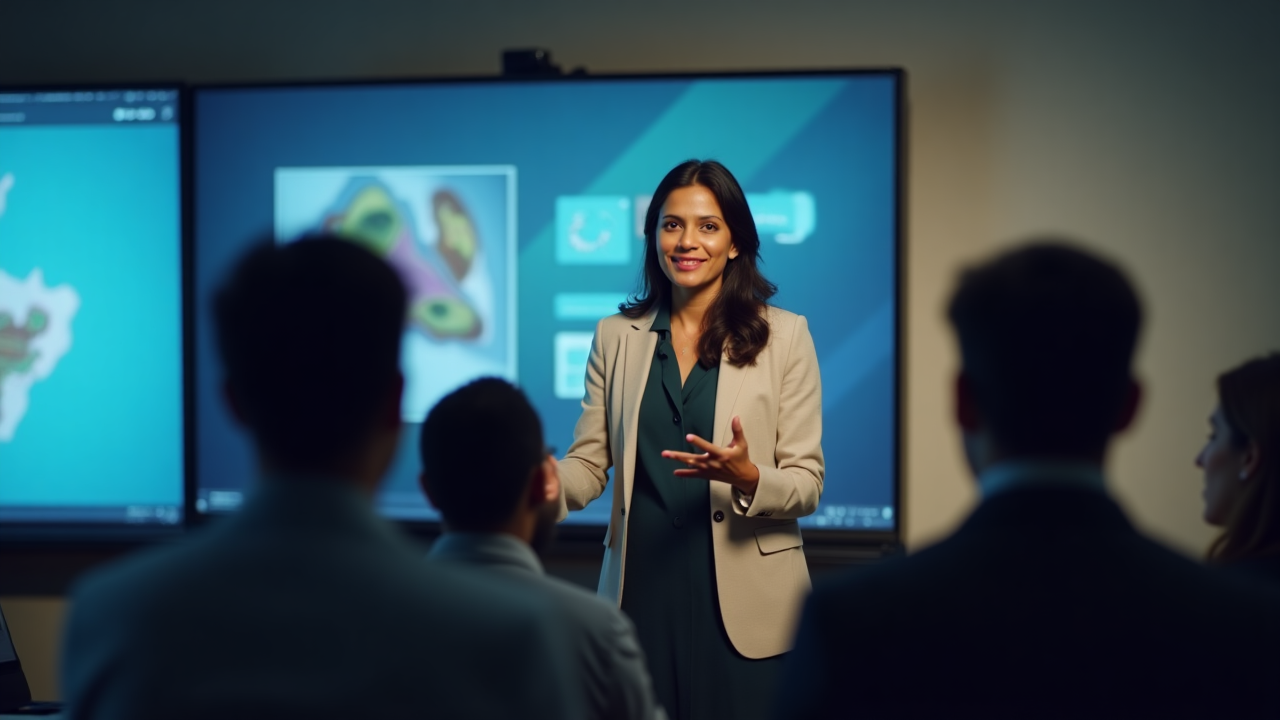Effective Learning Strategies Based on Cognitive Science
Recent advances in cognitive science have revealed that many common study methods are surprisingly ineffective, while other less-known approaches can dramatically improve learning outcomes. Based on extensive research, we've compiled key evidence-based strategies that can transform your educational experience.
Spaced Practice: The Power of Distributed Learning
Rather than cramming all your study into a single session (massed practice), research consistently shows that distributing your study over multiple shorter sessions produces superior long-term retention. This approach works because it triggers reconsolidation—each time you revisit material, your brain strengthens the neural pathways associated with that knowledge.
Retrieval Practice: Testing as a Learning Tool
Instead of simply re-reading notes or textbooks, actively test yourself on the material. Creating flashcards, completing practice problems without looking at solutions, or explaining concepts in your own words forces your brain to retrieve information, which significantly strengthens memory compared to passive review. Studies show students who engage in retrieval practice retain approximately 50% more information after a week compared to those who only review material.
Interleaving: Mixing Up Your Practice
While practicing one type of problem repeatedly (blocked practice) might feel more productive, research indicates that mixing different types of problems or concepts (interleaved practice) leads to better long-term learning and transfer. This approach helps you develop discrimination skills—the ability to identify which concepts apply to which problems—rather than simply executing procedures.
Concrete Examples and Dual Coding
Abstract concepts become more understandable and memorable when paired with specific examples. Additionally, representing information both verbally and visually (dual coding) engages multiple neural pathways, creating stronger and more accessible memories. Try converting text into diagrams, timelines, or mind maps to leverage this powerful effect.

Practical Implementation Tips
- Create a study schedule that spaces practice over days or weeks rather than hours
- Generate questions about the material before and after studying
- Mix problem types within practice sessions rather than grouping similar problems
- Connect abstract concepts to real-world examples you personally understand
- Create visual representations of text-based information
- Explain concepts to others (or even to yourself) in simple language

